אמן: El Greco (Doménikos Theotokopoulos)
סִגְנוֹן: Mannerism
טֶכנִיקָה: Oil
The Laocoön is an oil painting created between 1610 and 1614 by renowned Greek born artist and Spanish Renaissance master Doménikos Theotokópoulos, known as El Greco ("The Greek"). It is part of a collection at the National Gallery of Art in Washington, D.C.. The painting depicts the Greek and Roman mythological story of the deaths of Laocoön, a Trojan priest of Poseidon, and his two sons Antiphantes and Thymbraeus. Laocoön and his sons were strangled by sea serpents, a punishment sent by the gods after Laocoön attempted to warn his countrymen about the Trojan horse. Although inspired by the recently discovered monumental Hellenistic sculpture Laocoön and His Sons in Rome, Laocoön is a product of Mannerism, an artistic movement originating in Italy during the 16th century that countered the artistic ideals of the Renaissance. El Greco’s painting deliberately breaks away from the balance and harmony of Renaissance art with its strong emotional atmosphere and distorted figures.
אמן |
|
|---|---|
הורדה |
|
הרשאות |
חינם לשימוש לא מסחרי. ראה למטה. |
El Greco (Doménikos Theotokopoulos) – רוב היצירות צפו
|
This image (or other media file) is in the public domain because its copyright has expired. However - you may not use this image for commercial purposes and you may not alter the image or remove the watermark. This applies to the United States, Canada, the European Union and those countries with a copyright term of life of the author plus 70 years.
|
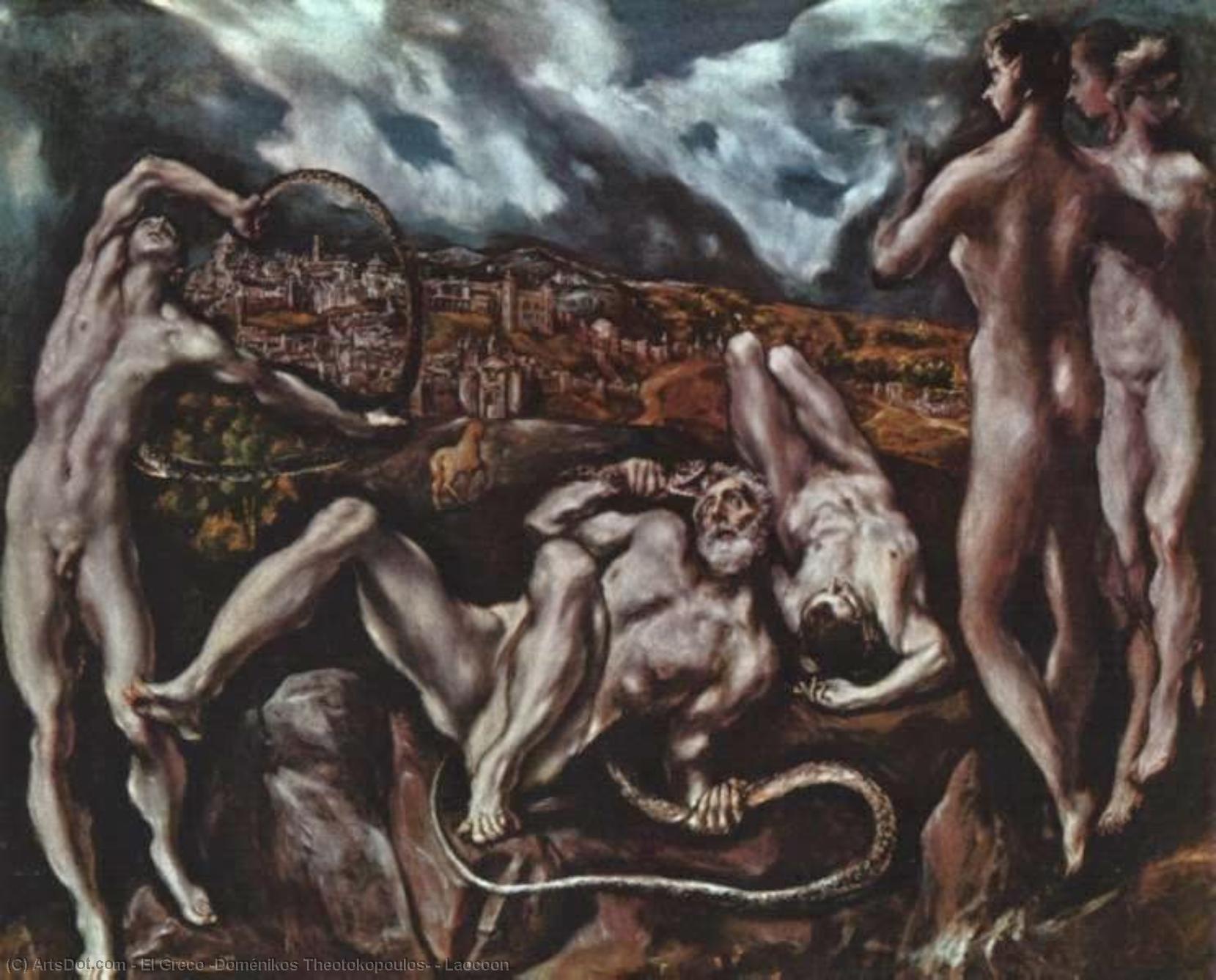
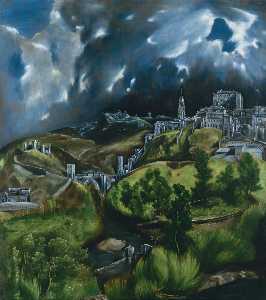
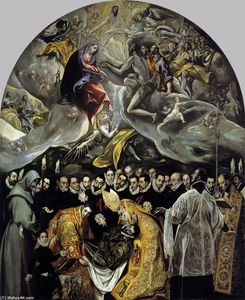


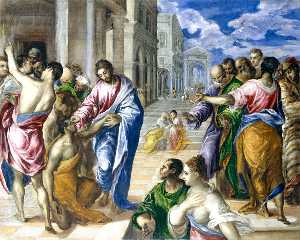
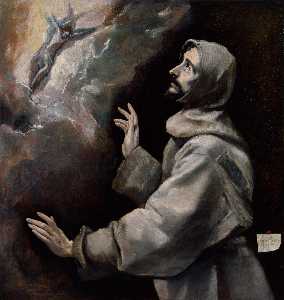
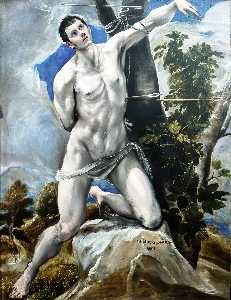
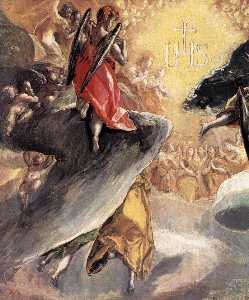

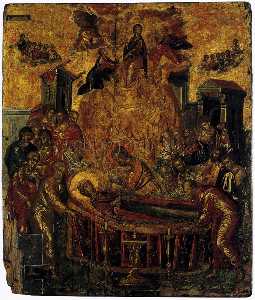
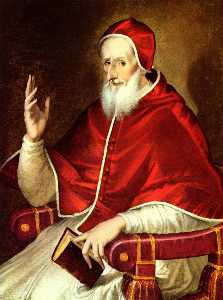


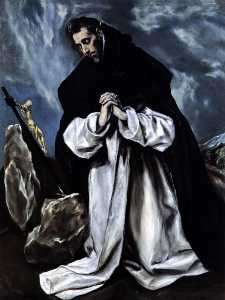
 Note that a few countries have copyright terms longer than 70 years: Mexico has 100 years, Colombia has 80 years, and Guatemala and Samoa have 75 years. This image may
not be in the public domain in these countries, which moreover do not implement the
Note that a few countries have copyright terms longer than 70 years: Mexico has 100 years, Colombia has 80 years, and Guatemala and Samoa have 75 years. This image may
not be in the public domain in these countries, which moreover do not implement the